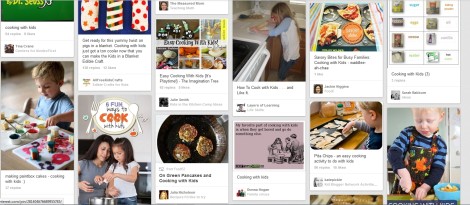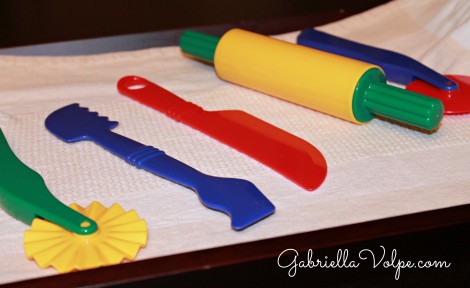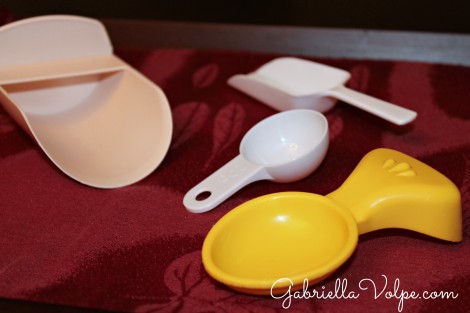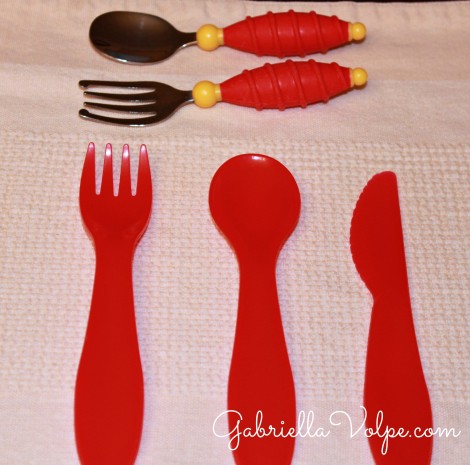This article is part of the 31 Days of Pinterest Hacks series. Find the main page for this series here.
It is sometimes discouraging to find images on Pinterest that display a child kneading dough beside an adult. This post gives you simple tips you can use daily with a neurodivergent or disabled child.

Oh, how I long to have kitchen connections with my little one. Some of the ideas on Pinterest only remind me how much harder it is for families of neurodivergent and disabled children to include children in meal preps.
Why cooking and baking may be a challenge for neurodivergent or disabled children
- Children with sensory aversions are exposed to many sensory experiences in the kitchen. The many scents, the texture of certain foods on the hands, and the sounds of pots and pans clanging can be too much for some children to handle.
- Children requiring fine motor support may find it challenging to participate in kitchen activities.
- Children requiring gross motor support may not have easy access to counters and appliances.
Suggestions for adaptations/modifications for cooking and baking
- Be sure the child is in the right mood. This tip probably applies to any of the activities in this series. However, since the kitchen involves grown-up utensils and appliances, it’s important to err on the side of caution when involving a child in this space. You know best if the child is up to it today. On the other hand, cooking/baking can be a very calming activity for some children. If you know that this might be the case, gently let the child know that you’re going to bake cookies today and follow their lead.
- Plan the positioning. If the child can stand independently, decide where you’ll have them stationed. Can you use a lower table if they can’t reach the counter? Or a sturdy child-safe stool? Can you use their standing frame if the child needs support in standing? Will they be able to see over the counter? If not, can you add a lower surface? If neither is possible, will they be seated in their adapted chair? Do they have a tray or access to a table of proper height? Positioning is critical because you don’t want a child climbing chairs to see properly or banging their head on the counter because they’re right at forehead level.
- Prepare ingredients ahead of time. Again, this is a tip that works for all other activities, but in the kitchen, time is of essence. When you have a child joining you, it behooves you to have the ingredients measured, the bowls out, the pan greased and the oven preheated. However, these are things you may want the child to work on with you, and you’ll maybe finish up the rest of the recipe yourself. It all depends on what the goal is at the given moment.

These play dough tools can be used in the kitchen. Alternatively, use them while playing with play dough as pre-kitchen practice.

This variety of scoopers make playing with flour fun.

I recommend exposing the child to authentic kitchen tools. However, using child-friendly utensils may be more motivating to use as they may be more familiar to the child.
- Keep the recipes short. If this is your first experience in the kitchen, and you have all the prep work done (see the previous tip), then you have very little else to do but to pour, mix, and place in the oven. Even 5 minutes of kitchen work is a lot for some children. If the process is quick, they will show a greater interest to participate next time.
- Build in opportunities for success. Try to incorporate skills the child is already good at. If you know they can stir, have them do it while you praise them. If the child struggles with fine motor skills, help them with the skill by standing behind them and offering to do it hand-over-hand (with consent). Either way, praise, praise, praise.

Chopping, smelling spices, twisting jars, and picking up food pieces from the floor are all great skills to build in the kitchen. And, wash and use the food that falls on the floor, especially if your child did the work of chopping them!
- Include language practice. The kitchen offers plenty of opportunities for building language skills: “Round and round and round” while stirring, “roll, roll, roll” while rolling the dough, “pat, pat, pat” while flatting dough, etc. Incorporate ASL or AAC. Sing food or cooking-related songs and recite baking rhymes.

Making applesauce allows for so much skill practice. We worked on cutting, mashing, tasting spices, and stirring. Tip for children with fine motor difficulties: use a child-friendly knife with a wide handle and head. This one is from IKEA and has a curved handle for comfortable thumb placement. We did this hand-over-hand (with consent) as a first-time cutting-with-a-tool practice.
- Don’t force the sensory experiences. If touching dough makes a child gag, don’t force them to touch it in those first sessions. They can observe you as you manipulate it and talk about how it feels. At first, only involve them in the activities they can handle. With time, see if they’ll touch it with one finger. Consistently build it up. It might take months of exposure before he can accept touching a particular texture. Be patient and encouraging. Also, if the child never wants to touch dough, follow their lead! It’s not a required life skill!
Do you spend time with children in the kitchen? What kinds of skills do you work on?
Are you looking for personalized strategies? We can work through them in a one-on-one consultation.
Related Article:

0 Comments